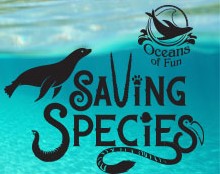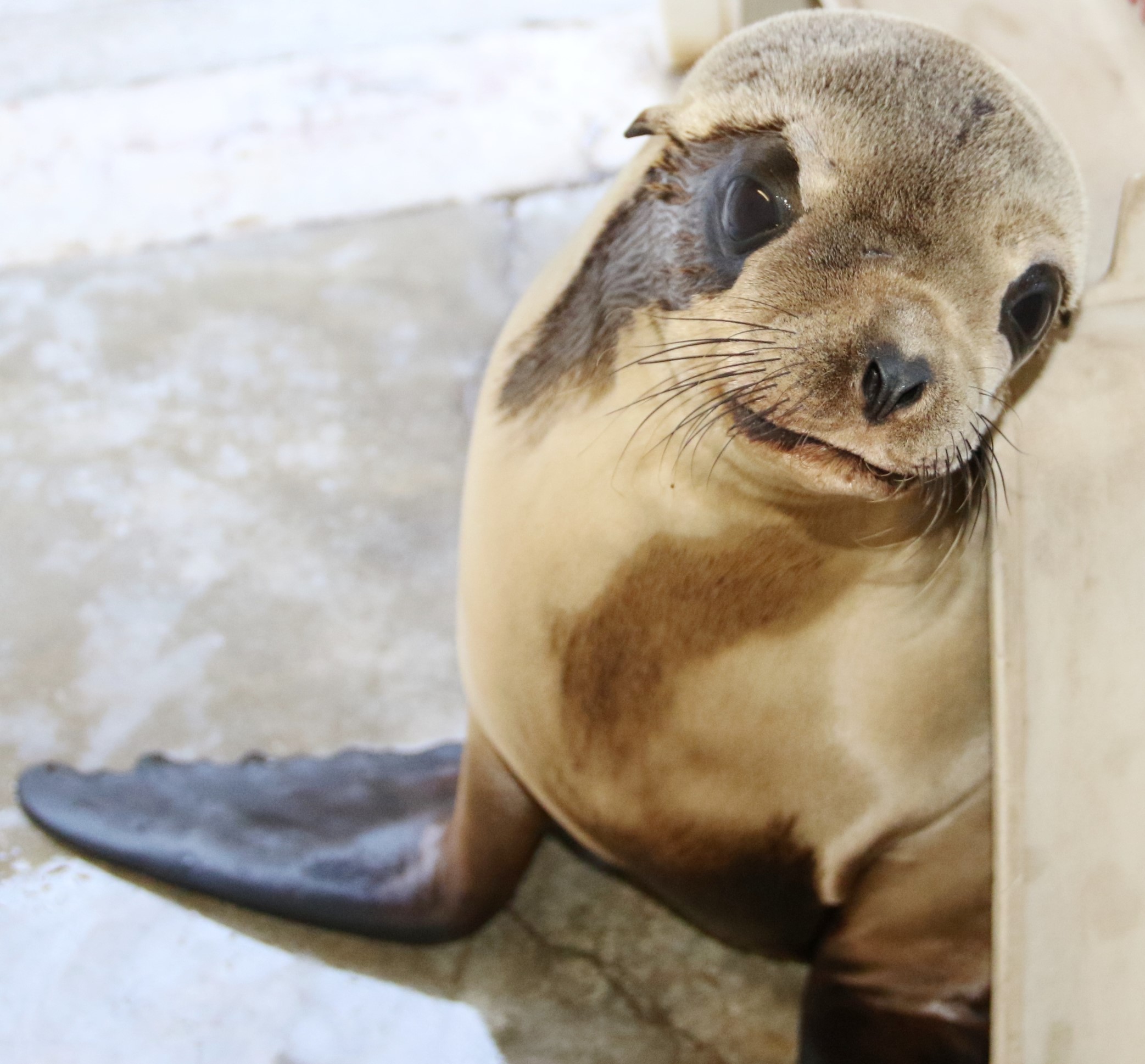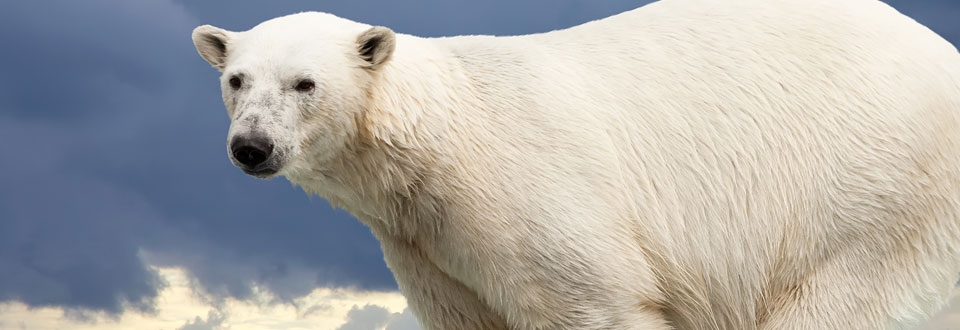
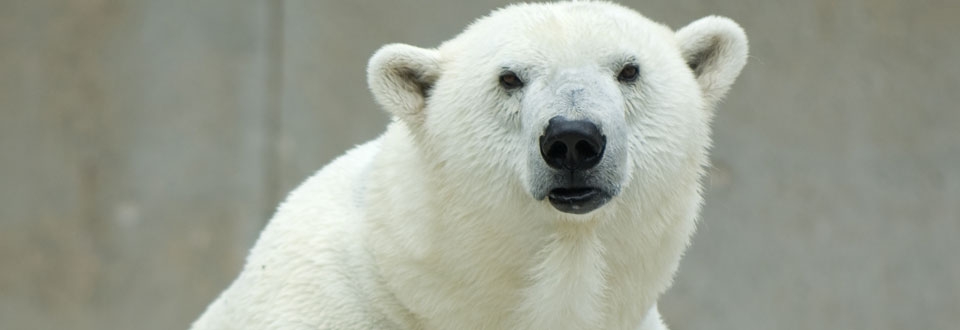
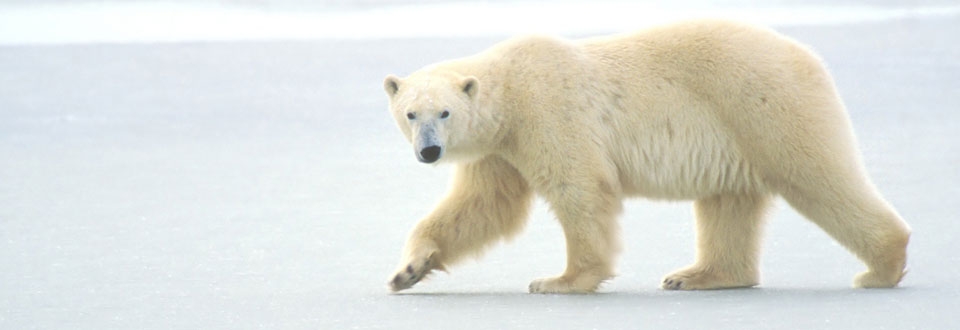
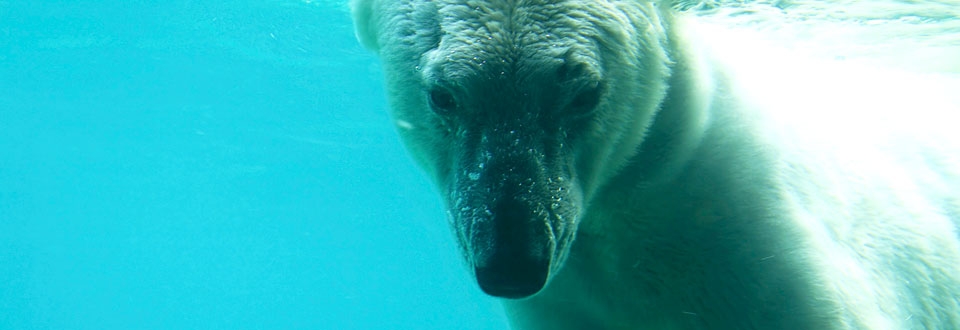
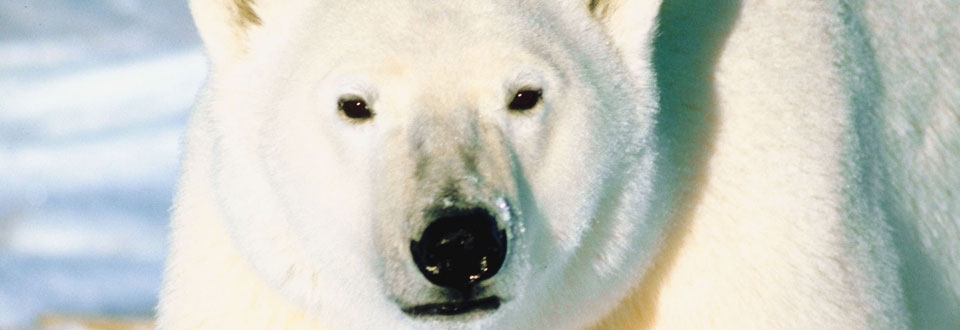
Polar Bears
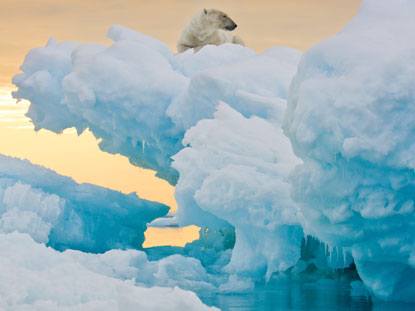
Polar bears are the largest land carnivores on earth. They live in the Arctic and depend on sea ice for hunting, resting, and breeding. In recent years, the polar bear’s way of life has been increasingly challenged by the lack of sea ice and prey resources present in their natural habitat. Environmental changes are causing drastic impacts in the polar bear’s survival strategies. As a top predator, changes in their population and distribution drastically affect the state of the Arctic ecosystem.
In 2008 the United States listed polar bears as a threatened species under the Endangered Species Act (ESA) of 1973. According to the ESA, a threatened species is, “likely to become an endangered species within the foreseeable future throughout all or a significant portion of its range.” Currently, 19 populations of polar bears exist in the Arctic with an estimated total of 20,000-25,000 polar bears world-wide (Polar Bear International). These populations are challenged daily by a lack of sea ice, food and resources.
Sea Ice Eco-Regions Help Scientists Better Understand Polar Bear Populations
Dr. Steven C. Amstrup, a scientist from Polar Bear International, has split these populations into 4 sea ice eco-regions to study the environmental challenges and impacts to polar bears. These eco-regions are determined by the way the ice forms and changes within each region, and the affects this causes on the polar bears that live there. These regions help scientists to understand all polar bear populations by extrapolating data on how they are surviving based on the health and condition of other populations in the same region. Some of these ice regions will melt more quickly than the others and the bears living in those regions are faced with the most immediate challenges for survival.
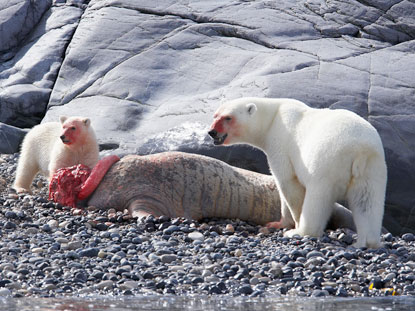
Polar bears depend on the ice for access to their prey. Sea ice reaches its maximum extent in March and minimum extent in September. When the ice is thick, polar bears travel in search of breathing holes in the ice to hunt ringed seals and the occasional beluga whale. These prey sources are very high in blubber content which will help sustain the bears throughout the year. According to the Alaska Science Center, as the summer sea ice melt period has lengthened in the past 25 years, there has been a decline of over half a million square miles of summer sea ice cover. Most polar bears follow the ice as it retreats to stay with their food source, sometimes traveling hundreds of miles to stay alive. Other bears strand on land in the summer months where food is difficult to find.
In recent years, polar bears have been challenged by the reduction in sea ice and the increased distance between ice floes. According to scientist Walt Meier of the National Snow and Ice Data Center, “The long-term trend is becoming more and more clear: sea ice has declined by 12 percent per decade since 1979, and the last five years have still been the five lowest in the satellite record.” This forces polar bears to swim further distances each year in search of ice. Polar bears in the seasonal ice areas are the most endangered with longer and longer ice-free seasons testing the limits of their fat reserves and physical endurance.
Polar Bear Conservation and Awareness
Polar bears have become a key ambassador for conservation education and climate change awareness. The challenges these animals face help teach about environmental issues impacting the world. The most significant challenge affecting polar bear survival is the lack of sea ice. While there are multiple causes for this increase in ice melt, scientists have come to an agreement on the primary cause. Hundreds of climatologists participating in the Intergovernmental Panel on Climate Change have concluded with at least 90% certainty that warming in the Arctic is linked to human activities that cause a build up of green house gases.
Some greenhouse gases occur naturally while others are solely emitted through human activities. The primary greenhouse gases that enter the atmosphere because of human activities are carbon dioxide, methane, nitrous oxide and fluorinated gases. The increase of greenhouse emission due to human activities is causing our climate to change more rapidly than it would naturally, creating environmental problems across the globe.
Ready to Take Action?
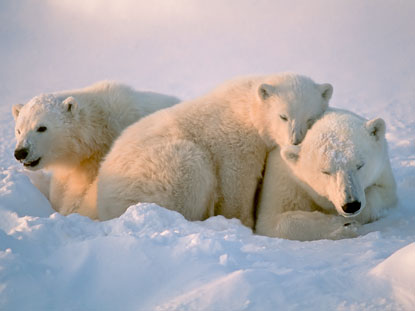
Though the changes to the environment may seem overwhelming, it’s important to remember that it is not too late to take action to help protect the environment and the animals that call our planet home. We can all make a difference by making small changes in our daily lives. These simple steps will soon become habits and ultimately influence your daily choices and inform your everyday decisions.
• Avoid drive-through businesses; don't idle for more than 30 seconds.
• Use no more water than needed.
• Consume less meat. Eat three meatless meals per week.
• Avoid products with excess packaging.
• Support environmentally-friendly companies.
• Encourage members of your social circles to adopt sustainable lifestyles—and lead by example.
Interested in learning more about climate change, carbon footprint and ways to take action? Check out these resources for more information:
Do you know your carbon footprint?
Polar Bear International
Climate Change and Green House Gases
Arctic Home
Sources
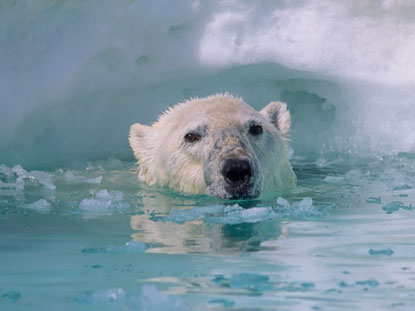
EPA Climate Change Website: www.epa.gov/climatechange/index.html
The National Snow and Ice Data Center:www.nsidc.org
New England Aquarium: Climate Change Effects on Ocean Animals
www.neaq.org/conservation_and_research/climate_change/effects_on_ocean_animals.php
Polar Bear International: www.polarbearsinternational.org
USGS Alaska Science Center: http://alaska.usgs.gov/science/biology/polar_bears/index.html




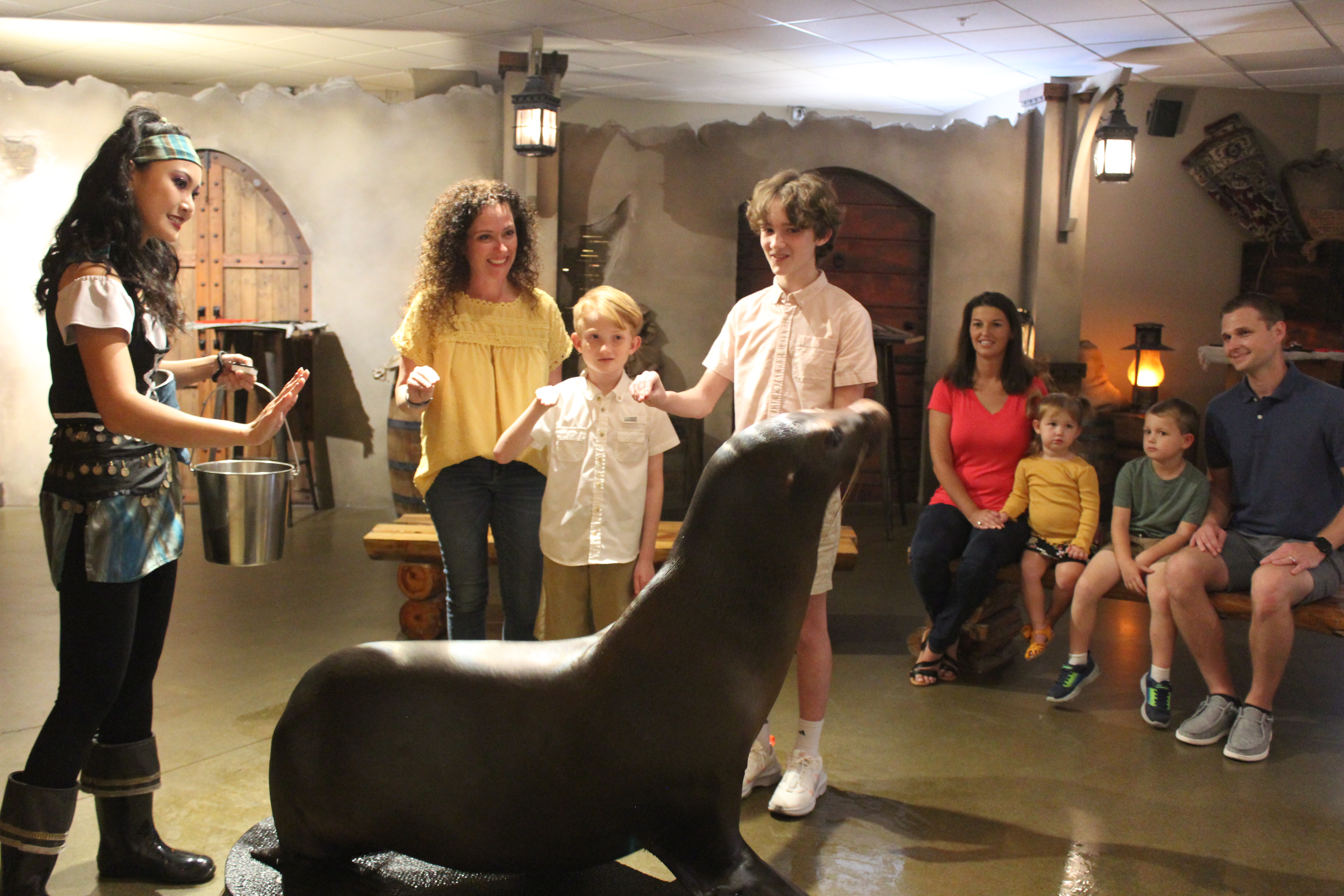 Animal Encounter
Animal Encounter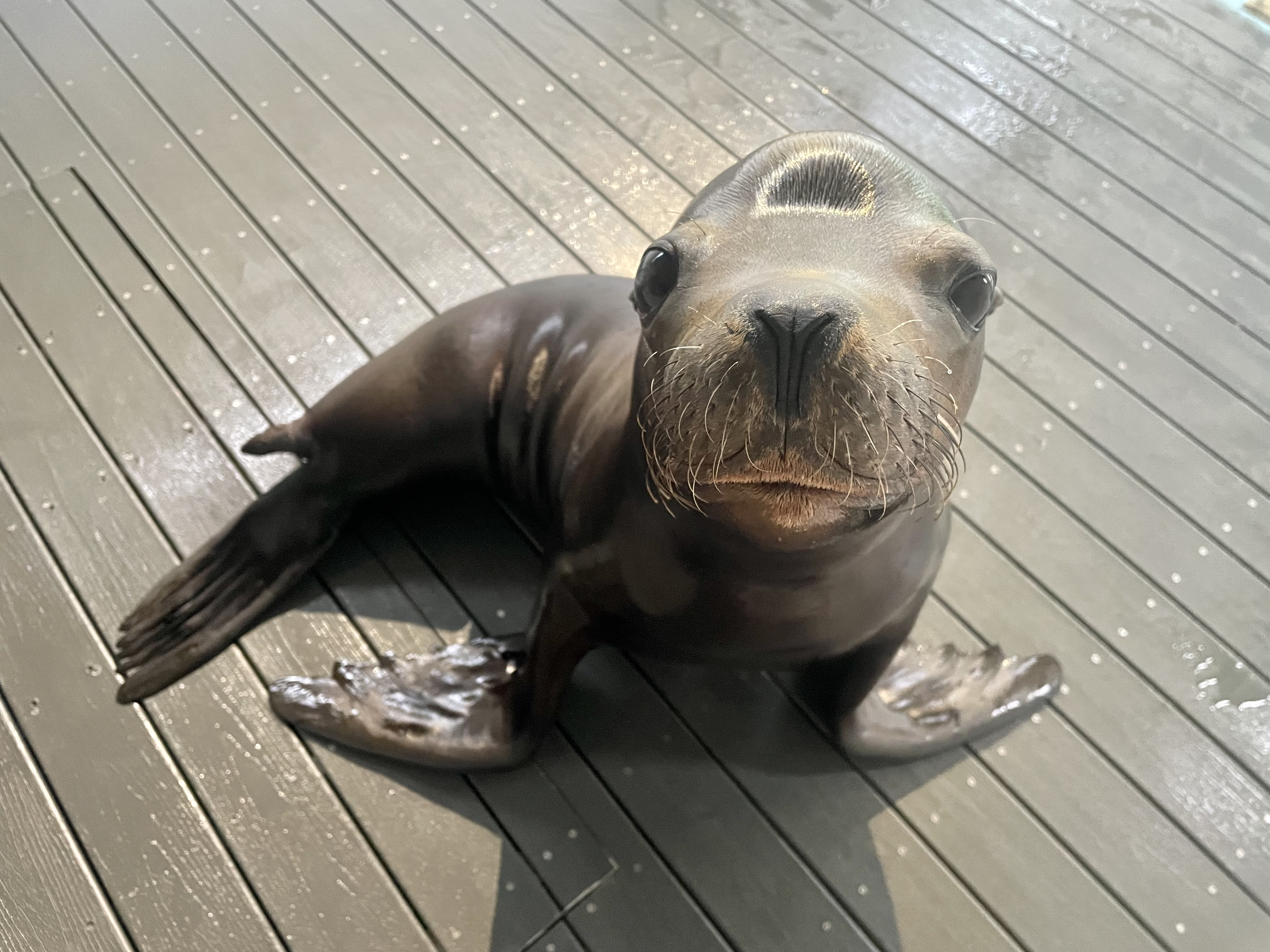 Our Locations
Our Locations
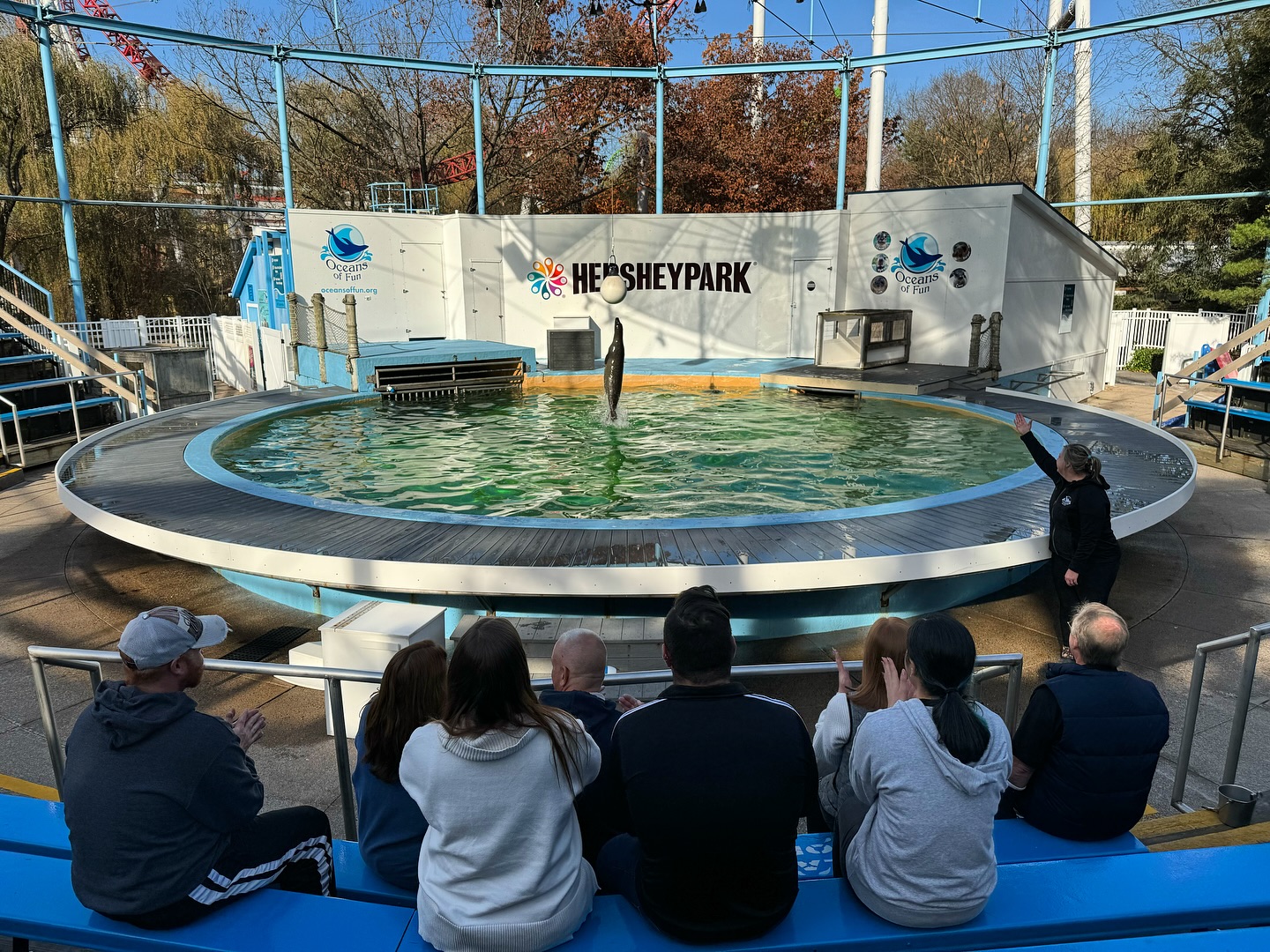 Family Fun
Family Fun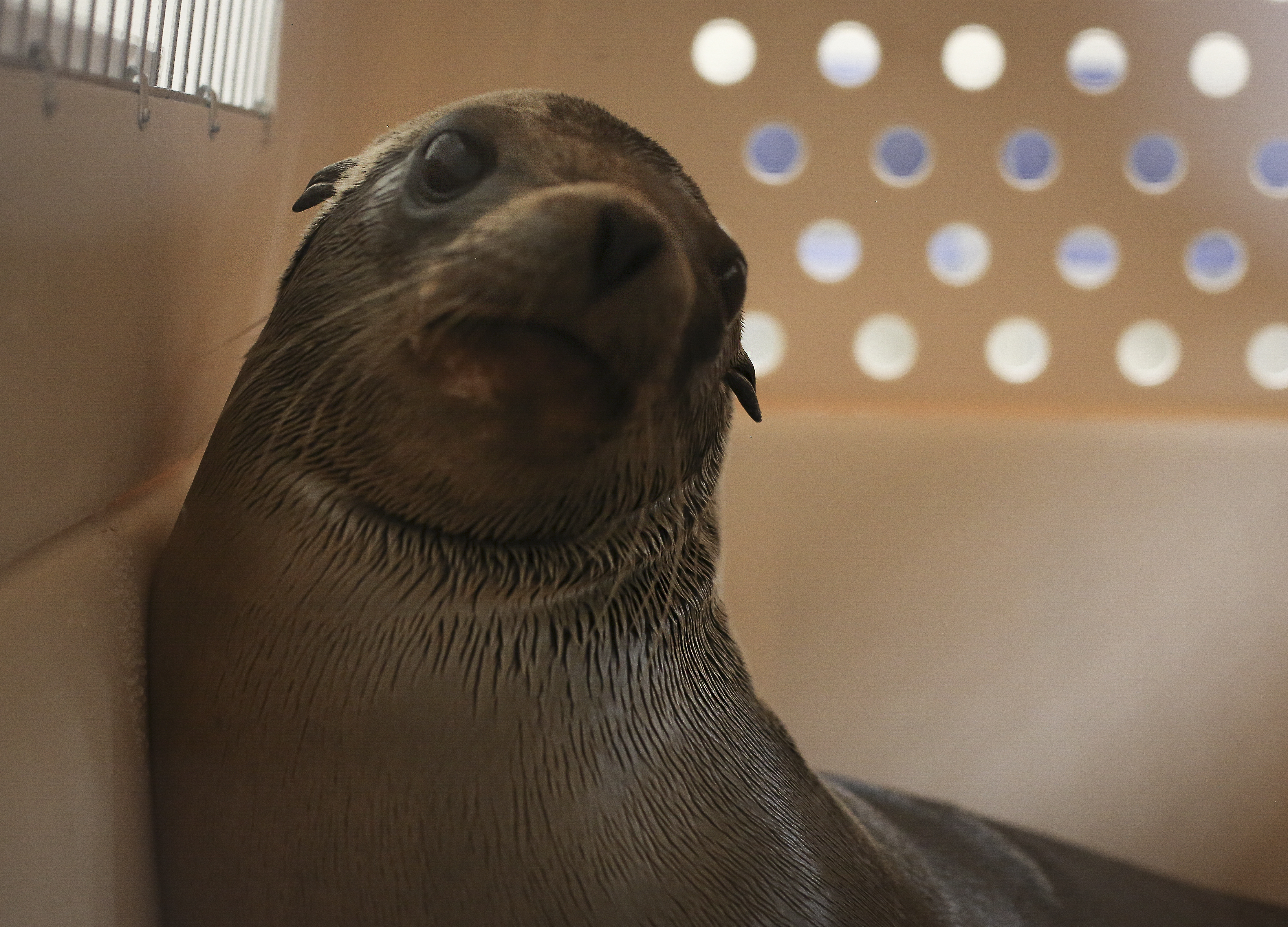
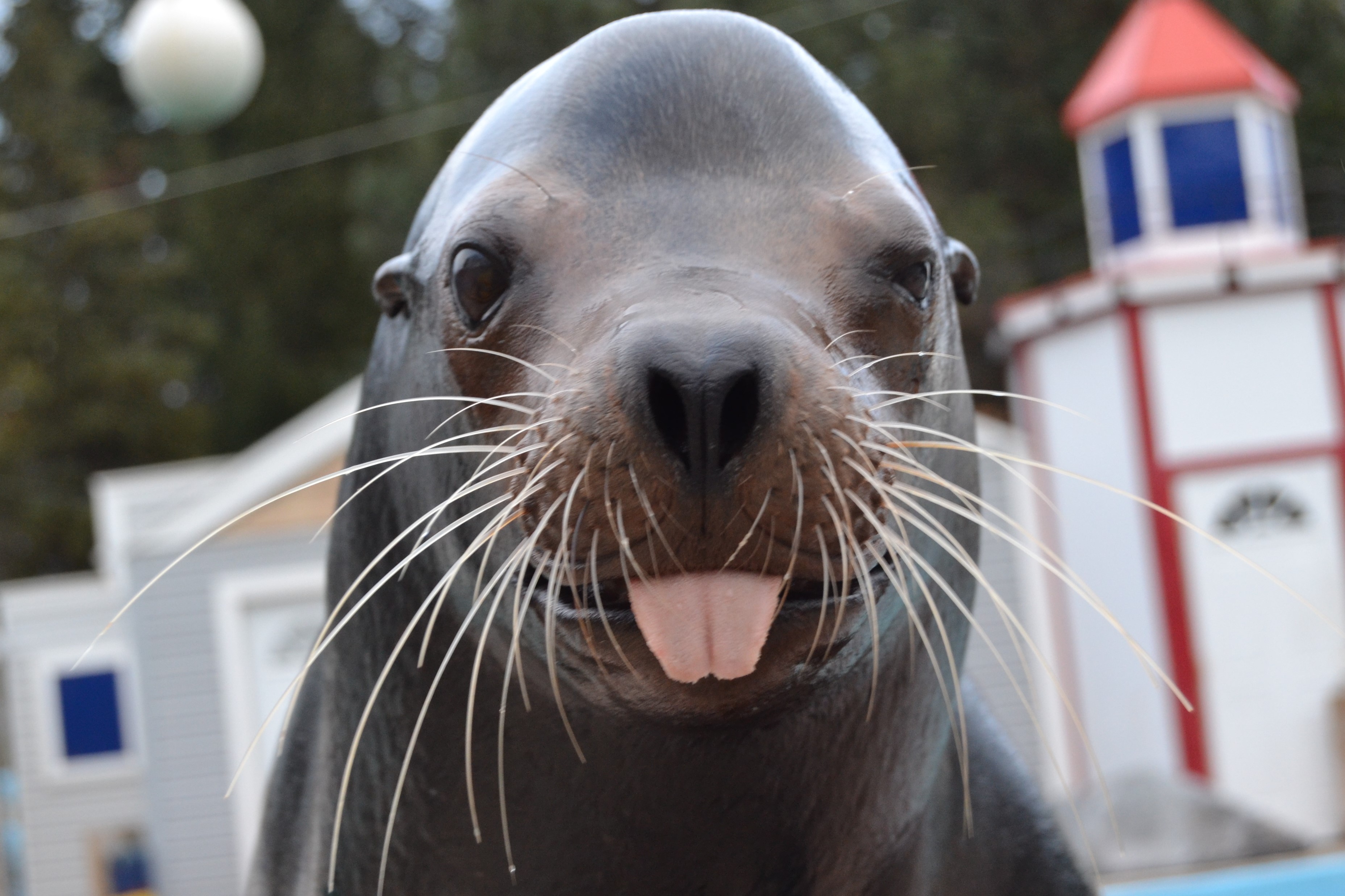
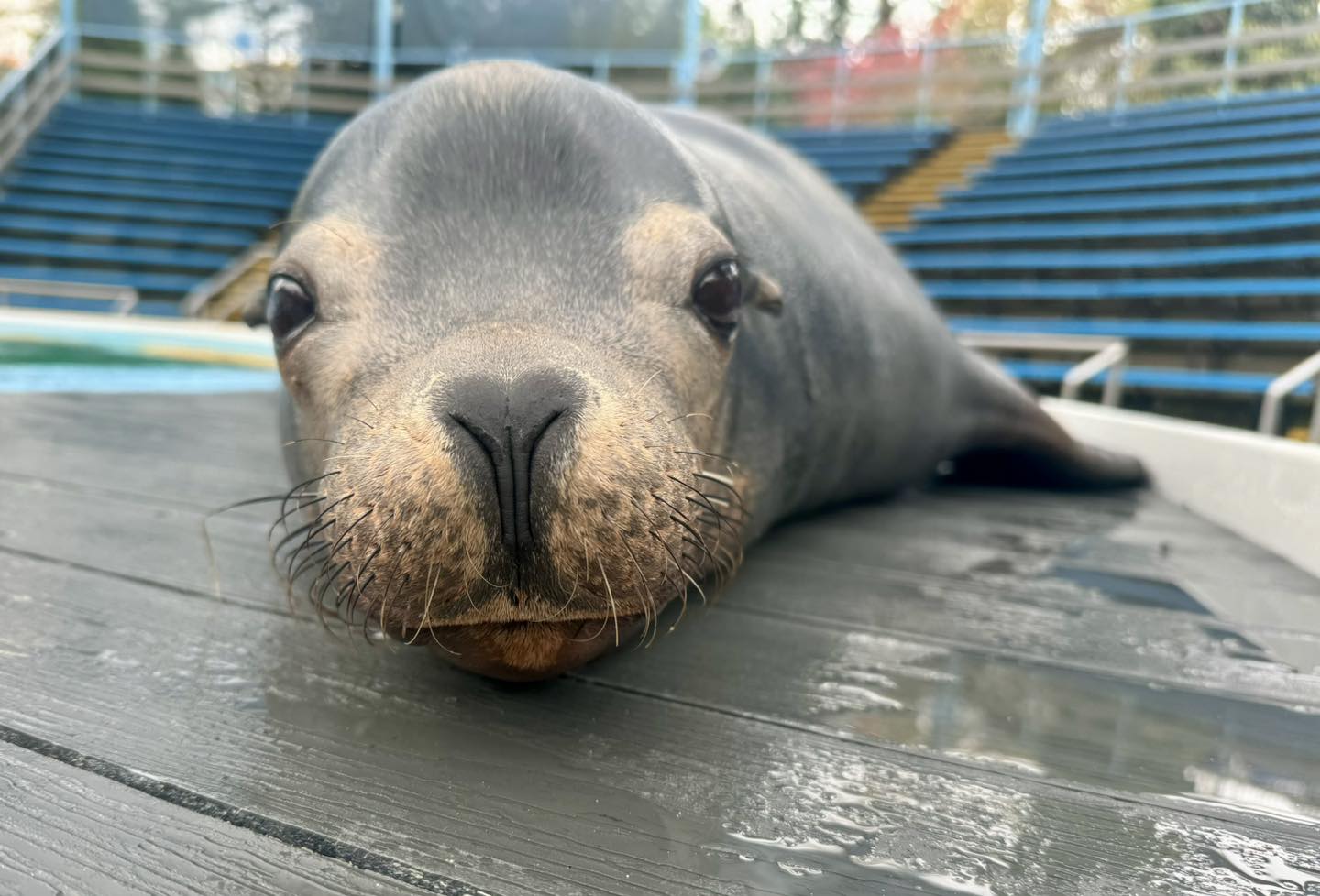 Meet Ripley!
Meet Ripley!
